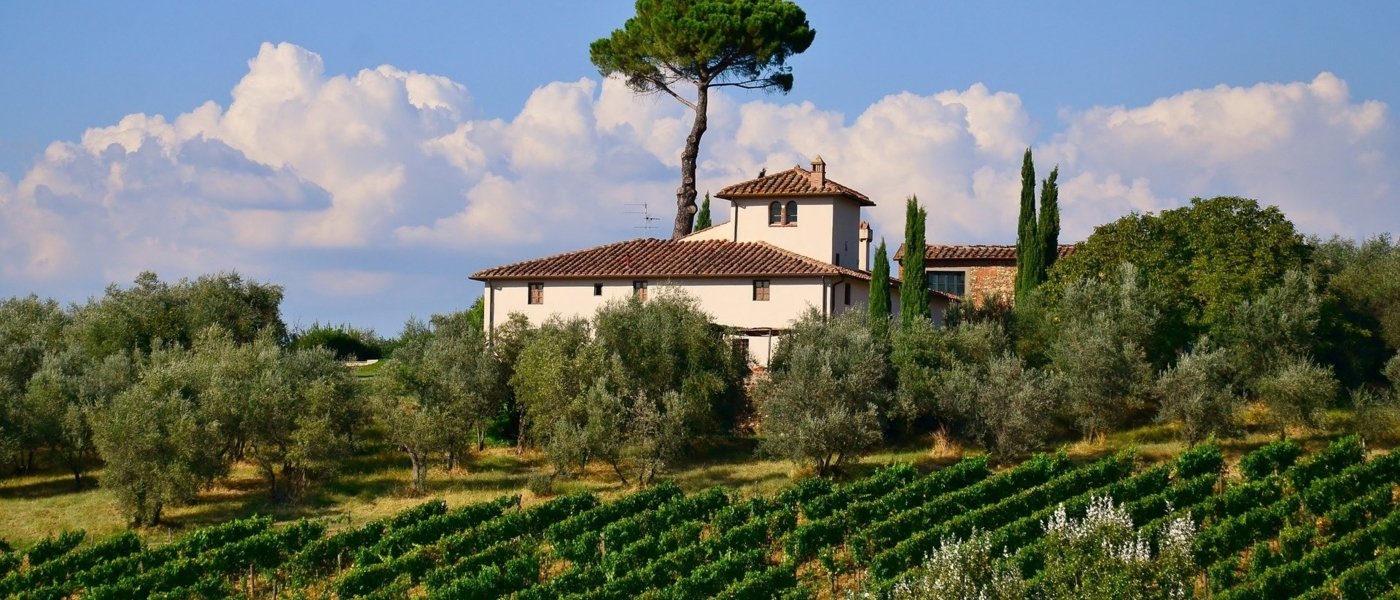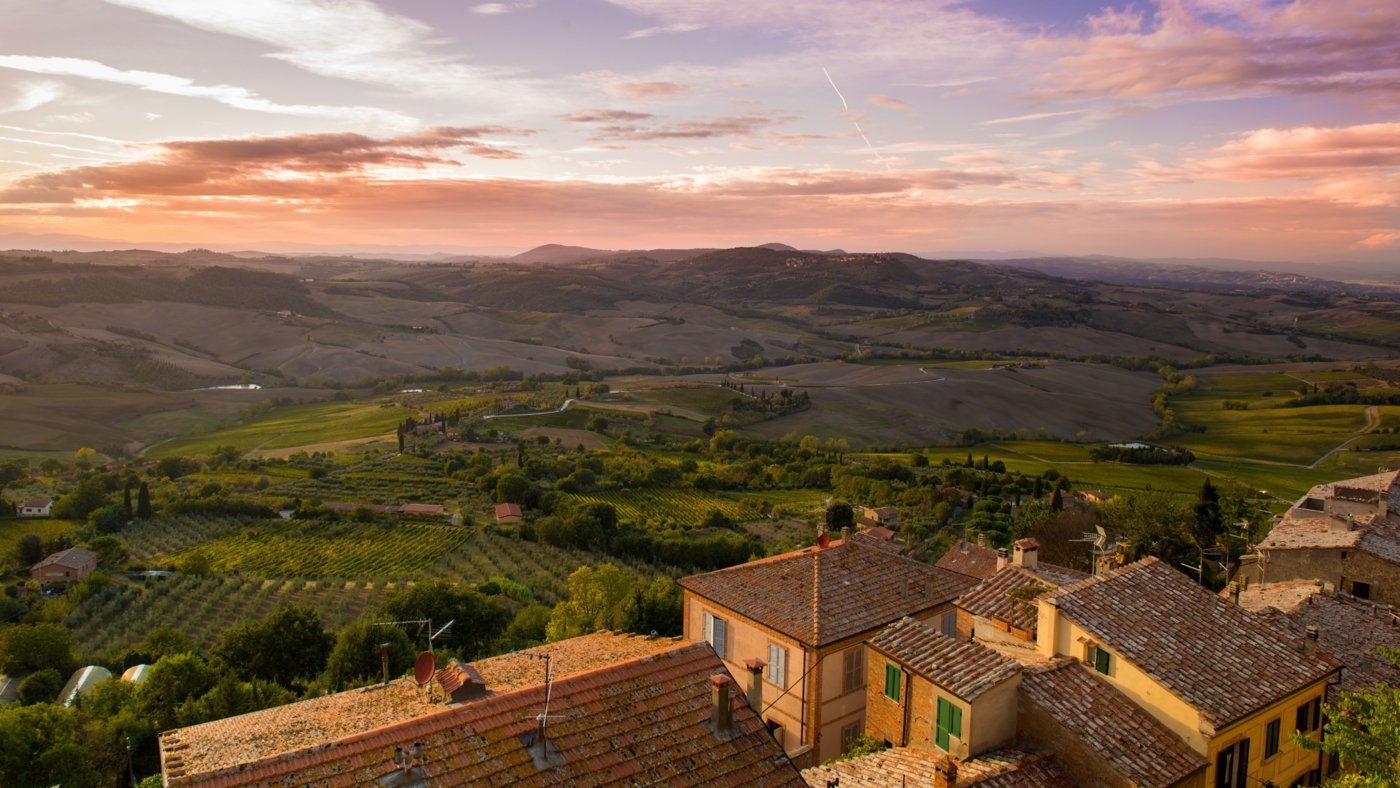So what are the specialities of the Italy wine country?
Each region has its own local grape varieties, or if it doesn’t, it has its own name for them. Tuscany is the stronghold of Sangiovese, although it is found all over central Italy, Nebbiolo is king in Piedmont, Garganega and Glera’s roots are in Veneto, producing Soave and Prosecco, Nero d’Avola, otherwise known as Calabrese, is at home in Sicily, Montepulciano reigns in Abruzzo and Aglianico is the red of Campania and Basilicata. However, there are numerous indigenous varieties, whose production may be combined to one region, or even around one village or one producer. Try Bombino Nero in Puglia, Nascetta in Piedmont, Carricante in Sicily, Lagrein in Alto Adige or Ribolla Gialla in Friuli. Naturally, you’ll also find international varieties, such as Merlot, Chardonnay and Syrah, produced in parts of the country too.
Italy produces numerous styles of wine from bone dry to lusciously sweet wines made using the ‘apassimento’ process, whereby the grapes are dried in lofts, in the sun or on the vine to concentrate the flavours and sugars. Feast your taste buds on Reciotos of Soave and Valpolicella, Tuscany’s Vin Santo, Malvasia delle Lipari or Passito di Pantelleria Wines can be still, frizzante or spumante. The second fermentation may take place in tank or bottle for ‘metodo classico’. Nutty fortified wine is produced a kind of solera system in Marsala in the southwest of Sicily.
Barrels are often large, rather than the trendy barrique, and are generally made from Eastern European oak, or even traditionally from chestnut.
At Wine Paths, our team of local experts can help you explore the history and traditions of Italy, wine country.
If you're interested in one of our Italy Wine Tours, please visit this link.









